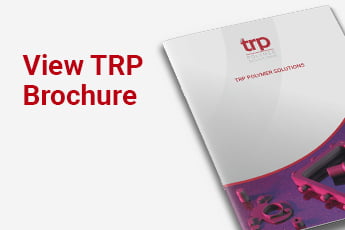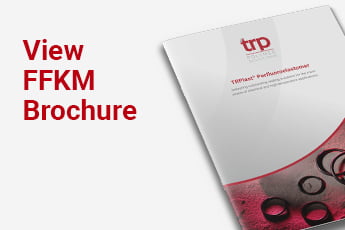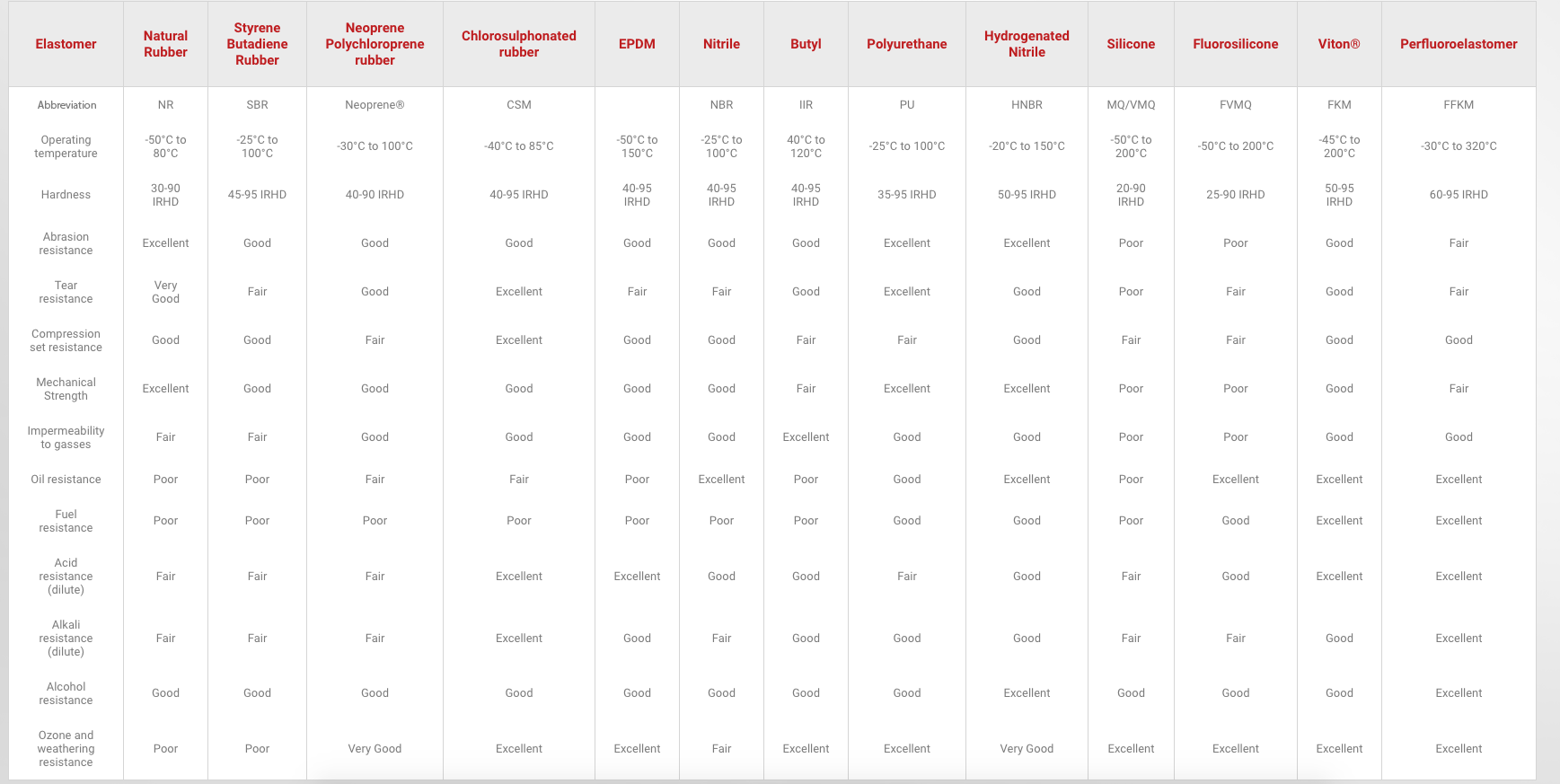How TRP aims to move to more sustainable materials
When it comes to creating a new polymer product, developing the material is often the first step in the process. This can involve extensive testing to evaluate a new polymer material in environments that replicate service conditions. TRP Polymer Solutions is moving towards using more sustainable materials and has developed a new EPDM that produces fewer carbon emissions. Continue reading to discover how we came to this discovery and what it means.
An introduction to EPDM materials
EPDM stands for ethylene propylene diene monomer, which can be a mouthful, so it is shortened to EPDM, or EPDM rubber. It has a fully saturated main chain with a low level of unsaturation in the pendant side groups, thus providing a material with very good resistance to ozone, heat, oxygen, radiation, polar media, aqueous system, acids, alkali, and fluorinated media.
EPDMs also have a low glass transition which provides elasticity down to -40°C, speciality grades of EPDM have even shown the ability to seal to -55°C without the use of plasticisers. TRP Polymer Solutions’ main use of EPDM is in electrolyser gaskets, where it has been specifically formulated for chemical resistance.
We also stock many colours, hardnesses, and certifications for our EPDM grades. (for example FDA 21 CFR 177.2600, WRAS, EN45545-2, EN 60695-11/20, UL94-V)
A new sustainable EPDM material
EPDM is manufactured using three monomers. These are Ethylene, Propylene and a third monomer that can vary between polymer grades. A typical skeletal formula for EPDM can be found below:

Currently, all three monomers are manufactured from fossil fuels which carries a significant environmental impact. However, there is now a new polymer that is manufactured using ethylene derived from sugar cane instead of fossil fuels. This results in a more sustainable material, which provides a large reduction in carbon footprint. A simplified process flow diagram to produce EPDM and sustainable EPDM can be seen below:


By using this material, it was found that there was a reduction of 1.01kg of carbon dioxide produced per kilogram of compound compared to standard polymer grades.
The next aim for TRP Polymer Solutions is to formulate and evaluate a compound that produces almost 2kg less CO2 per kilogram than standard grades.
Tests have proven how the new polymer has almost identical physical properties to standard EPDMs, meaning it can be an easy replacement. Shown below are the results from an internal study from TRP, where the physical properties of two EPDM’s were evaluated. The only difference between the two materials is that the standard EPDM uses a non-sustainable technology, whereas the sustainable EPDM uses a monomer derived from sugar cane.

So, as is clear based on testing, the increased sustainability EPDM produces similar results to the non-sustainable material.
Benefits of moving to a more sustainable source
TRP Polymer Solutions uses sustainably sourced ethylene within the polymer chain, which reduces dependence on fossil fuels and, as a result, produces dramatically fewer carbon emissions. Another advantage of using sustainable methods is that costs are more stable because they are not as dependent on the price of oil, compared to standard EPDMs.
Dedication to sustainability at TRP Polymer Solutions
At TRP Polymer Solutions, reducing our environmental impact is paramount. That’s why TRP is accredited to the BS ISO 14001 environmental management standard, and we are committed to sourcing as much of our energy requirements as possible from sustainable sources.
Polymer product design at TRP Polymer Solutions
At TRP Polymer Solutions, we work closely with our customers to solve their most challenging problems. This can include the development of a new product, or improving an existing one. We’ll work with you to understand the critical features of any new polymer product development and help you to achieve your aims.
The two main stages of any new polymer product development are selecting and formulating the correct material and the product design itself. We have many years of experience and expertise in both areas.
We’re happy to advise and work with engineers on all aspects of polymer product design, with the aim of improving performance, solving possible manufacturing issues, or re-engineering to offer cost savings or improve service life.
Where prototype production is required, we can offer short lead times for single cavity moulds to prove polymer product designs before committing to larger capacity production tooling. Following the material and design process, prototype production allows evaluation of both material and part performance.
If you require any further information, do not hesitate to contact us on +44 (0)1432 268899, or email us at sales@trp.co.uk.






